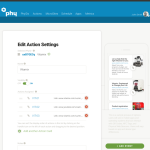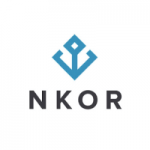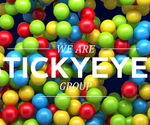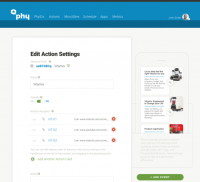Are technical and content audits still relevant?
SEO audits are very useful in identifying website issues and areas for improvement, but columnist David Freeman believes the way we approach these audits is outdated.

Technical and content audits have been the backbone of SEO for many years, and while they play a valuable role, their scope has expanded as search has evolved. Audits now cover much more than purely technical factors such as indexation, status codes and broken links. To stay relevant, audits have broadened to include aspects such as site navigation, content engagement, content gap analysis and conversion factors.
For global and national brands, generic audits aren’t going to drive the change in performance that they are striving for, even if there are fundamental flaws with a website. Yes, these audits will certainly help — especially if, for example, there are indexation issues — but until we understand the consumer, their purchase journey and the barriers at each stage, we don’t know what we are trying to fix, or why.
Site audits which focus on resolving the barriers consumers face will help determine where the biggest opportunities exist. We can then prioritize and shape our efforts to meet the needs of the consumer and drive the largest return for our clients.
Adopting a consumer-first strategy does exactly this by ensuring campaigns have layers of hygiene optimization and insight-fueled strategic consultancy focused on identifying game-changing opportunities within the consumer search experience and conversion journey.
Hygiene optimization: the home of technical and content audits
Hygiene optimization forms the foundation for success and is where ongoing audits should sit. This activity is focused on getting the technical and content aspects of a site as well optimized as feasibly possible.
Hygiene optimization is about striving for continuous improvement by always looking to extract further performance. This approach is akin to the concept of the “aggregation of marginal gains,” which is summed up with the following quote from Jim Rohn:
Success is a few simple disciplines, practiced every day; while failure is simply a few errors in judgment, repeated every day.
The idea is that small improvements made consistently over time will eventually add up to produce significant improvement in the long run.
The concept of marginal gains acts as the perfect reminder that a site is never fully optimized. The hygiene optimization layer provides the environment where we can continually look to make small, incremental improvements through technical audits and insight-driven content optimization. For instance:
- Increase CTR by using paid search insight.
- Improve site information architecture to better surface information and improve the conversion journey.
- Ensure all relevant pages are indexed and returning the correct status codes.
In this model, audits are an essential part of campaigns, aiding prioritization and actively looking to extract every ounce of organic search performance. This approach moves us ever farther away from audits being conducted as large one-off or periodic items and toward a process of continual auditing.
Strategic consultancy: the home of insight
This is the layer that can really move the dial in terms of performance. By developing a deep understanding of the consumer and how they interact with brands, a picture of their informational needs and requirements at each stage of the purchase journey can be built. Only now can we truly understand what opportunities a brand has across their owned assets to capture, engage and convert consumers. For instance:
- Missing top-of-funnel or product content that prevents consumers discovering them.
- Website experience causing a sizeable drop-off in the path to purchase.
- Navigation not surfacing essential content to consumers once they land on site.
- Site structure not optimal based on user experience (UX) and SEO best practices.
Having utilized this insight to identify the strategic opportunities, we know where to focus our efforts. We can now undertake an audit or piece of analysis with the goal of answering a specific question.
Based on the insight returned by this highly targeted analysis, a consumer-focused solution can be designed by combining SEO, UX, content and paid media expertise. This holistic approach ensures that the solution performs not only in organic search but across channels, and assists the consumer in their purchase journey.
Once a strategic change has been launched, it flows into the hygiene optimization process to ensure the maximum return is realized over the long term.
In summary
Audits and associated skill sets remain as important as ever, but their role has changed. One-off or periodic audits should be confined to the past, as they don’t provide any performance longevity. Within the hygiene layer, audits become an essential part of day-to-day activity. They remain vital in driving small, incremental performance gains that, over the long term, can add up to significant gains. Additionally, these audits are essential to identify the more critical indexation issues, as well as catching small issues early, before they spiral into something much larger.
Consumer insight and strategy are now the two biggest factors that can influence performance, and their importance will only increase over the coming years. Given this, focus needs to switch to this bigger picture activity that enables brands to achieve their full potential. It is within this strategic consultancy layer where the audit and analysis skill sets can be maximized by pivoting their application to provide the answer to a specific question, challenge or problem that has been identified through consumer insight.
[Article on Search Engine Land.]
Some opinions expressed in this article may be those of a guest author and not necessarily Marketing Land. Staff authors are listed here.
Marketing Land – Internet Marketing News, Strategies & Tips
(57)













